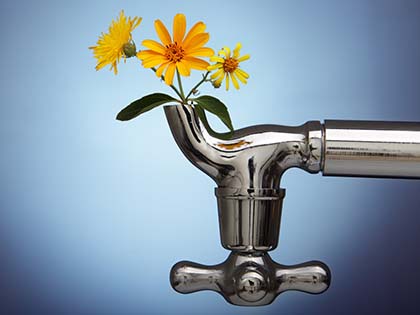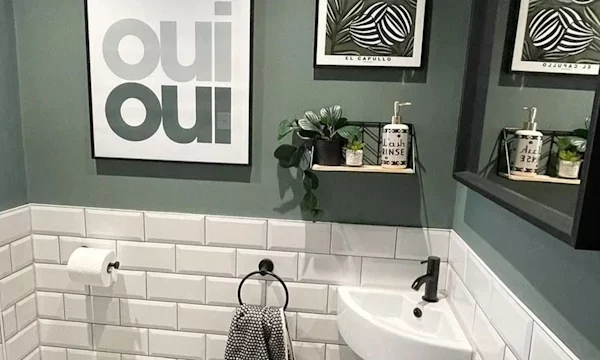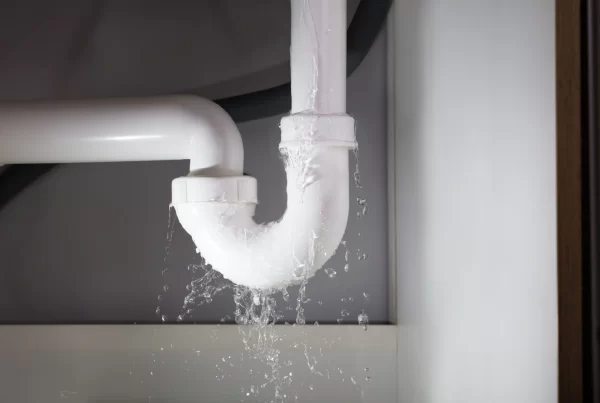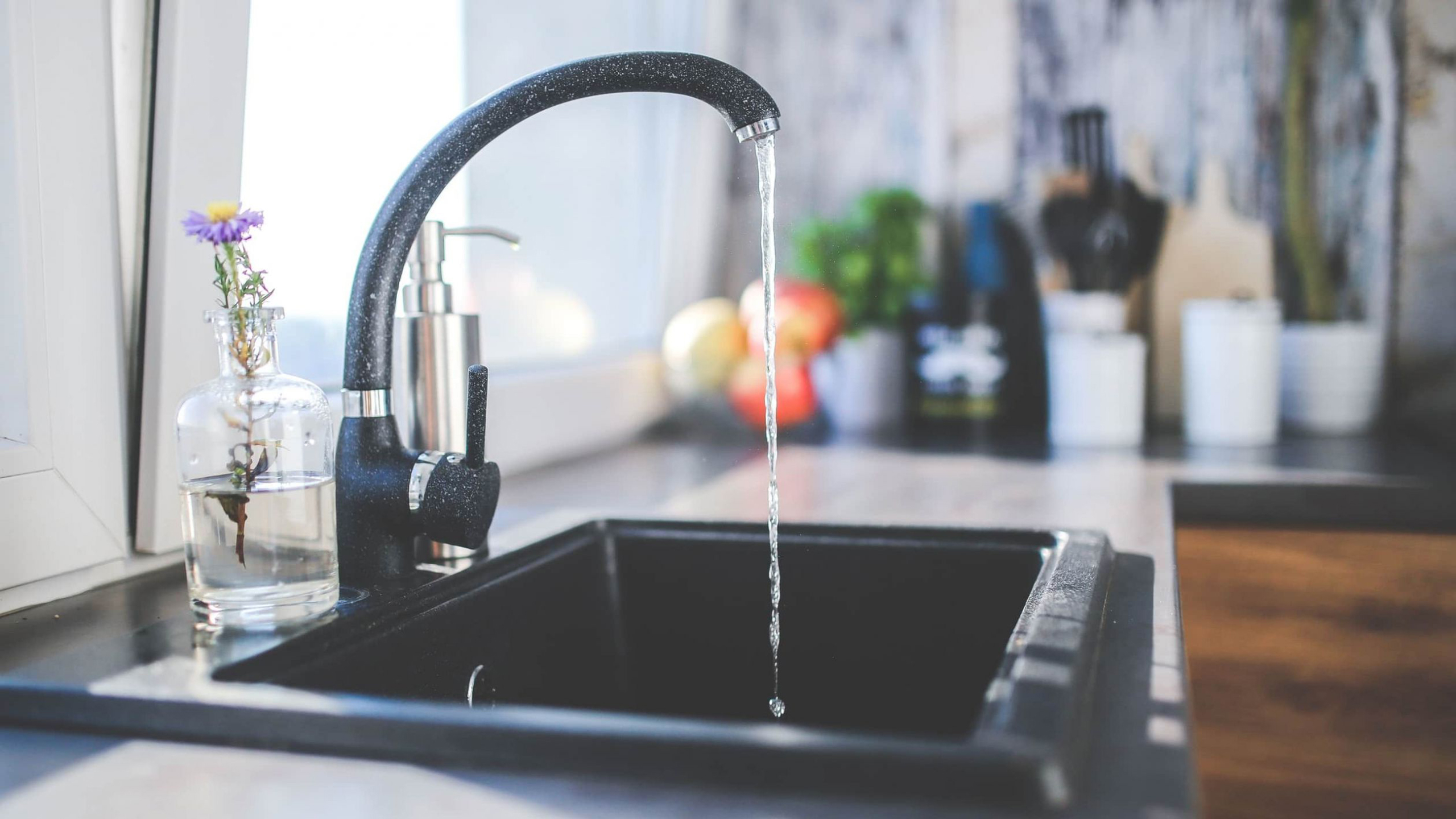
Although water covers most of the Earth, only about 1% is freshwater suitable for drinking. Most is either saltwater or frozen in ice caps. This makes conserving freshwater crucial. In the U.S., households use an average of 300 gallons per day, according to the EPA, so there’s plenty of room for improvement. Simple changes like fixing dripping faucets, taking shorter showers, and turning off the tap while brushing your teeth can greatly reduce water usage. With rising water bills, especially in Baltimore and the DC area, saving water can also help you save money.
How You May Be Wasting Water
In a typical household, it’s easy to waste a lot of water due to old fixtures, inefficient appliances, faulty plumbing, and habits we might not even notice. For example, a toilet with a broken flapper valve can waste gallons of water every hour by constantly running. Here are 10 common ways you might be wasting water without realizing it:
- Using Your Toilet as a Trash Can: Toilets account for nearly a third of a household’s indoor water use, making them the biggest water consumers in your home. Flushing items like facial tissues or feminine products wastes five to seven gallons of water each time. Plus, flushing anything besides human waste and toilet paper can damage your pipes and drains!
2. Taking Baths and Long Showers: Consider this: the average American shower uses 17.2 gallons of water and lasts about 8 minutes. That adds up to a significant amount of water!
3. Conventional Showerheads: Think about switching to a low-flow showerhead, which uses only about 2 gallons of water per minute. This change can significantly reduce your water usage!
4. Leaky Pipes: According to US News, an average household can lose over 10,000 gallons of water each year due to leaks. It’s essential to check for leaks around your toilet, faucets, hose bibs, and other frequently used plumbing fixtures. Repair or replace any leaking pipes as soon as possible, and monitor your water bill each month to catch any hidden leaks.
5. Half-Full Laundry Loads: Make sure each laundry load is full. This will save water and be more cost-effective in the long run.
6. Running a Partially Full Dishwasher: Always wait until your dishwasher is completely full before running it. If a full load isn’t necessary, consider using a “light” cycle instead of the “normal” cycle.
7. Washing Dishes with Running Water: Instead of letting the water run, fill your sink with soap and water to soak the dishes. After a few minutes, wash them off to save water!
8. Conventional Toilets: If you have an older toilet, it may use up to 2 gallons more water per flush than a newer low-flush or high-efficiency model. Consider upgrading to save also a lot of water.
9. Overwatering Your Lawn: In the summertime, water your lawn in the morning (between 5 and 10 AM) when it’s cooler, so less water evaporates. Also, it’s usually enough to water only twice a week at most!
10. Running Water While Brushing Your Teeth: If you habitually leave the water running while brushing your teeth, make a conscious effort to turn it off. There’s really no need for the water to be running during this time!
